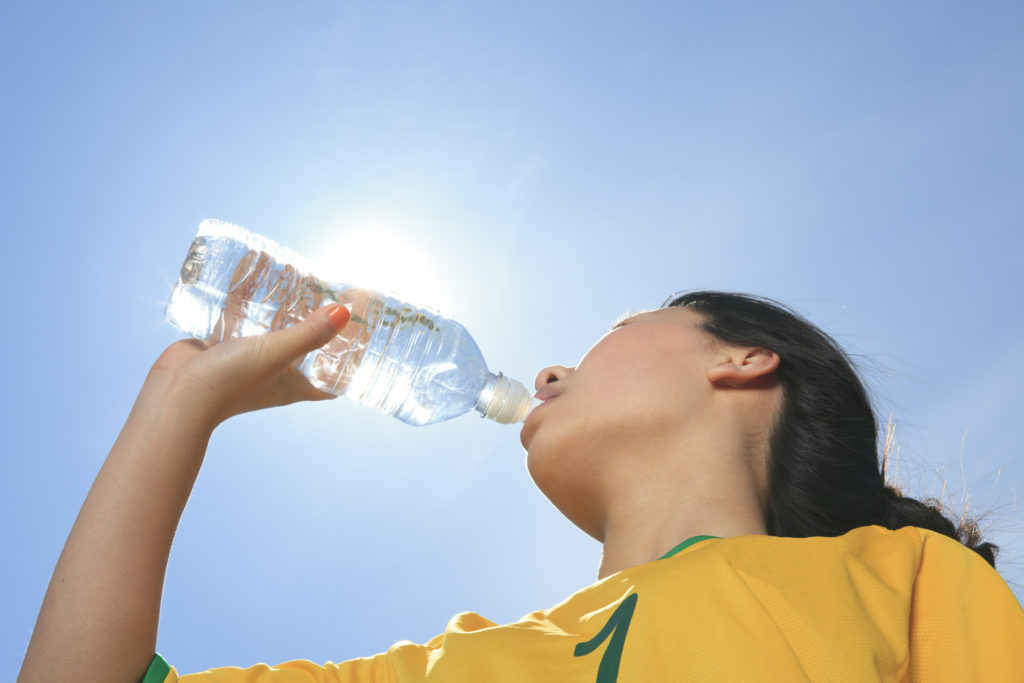
Sports & Play SAFETY
Sports Hydration
 To keep children in top shape for sports, it is important for them to stay hydrated by drinking plenty of fluids. Dehydration occurs when a body loses more water than it takes in (such as through sweating). When children do not drink enough water, particularly while playing sports, they could be at risk for dehydration, heat exhaustion, or even heatstroke.
To keep children in top shape for sports, it is important for them to stay hydrated by drinking plenty of fluids. Dehydration occurs when a body loses more water than it takes in (such as through sweating). When children do not drink enough water, particularly while playing sports, they could be at risk for dehydration, heat exhaustion, or even heatstroke.
How much a person needs to drink depends on what type of activity they are doing. The length of time, the difficulty of the exercise, and the temperature of the space all make a difference in how much fluid is lost and, thus, how much should be replaced. Someone who is exercising briefly in a cool space may not need to compensate much for the lost liquid, but someone in sporting practice for an hour or more, doing high intensity work, and potentially in the heat will need to compensate more. Even outside of sports and exercise, infants and children are particularly vulnerable to dehydration, as they are the most likely group to experience severe diarrhea and vomiting, and lose a higher proportion of fluids from high fever.
Many factors need to be accounted for around hydration safety. We have some tips to get you to a starting place here.
Safety Tips
- Make sure athletes have a water bottle for every practice and game.
- Make sure athletes drink fluids (water is the best option) 2 hours to 30 minutes before the activity begins, every 15-20 minutes during activity, and then after the activity as well in order to replenish the fluids they lost.
- “Generally, 100 to 250 mL (approximately 3– 8 oz) every 20 minutes for 9- to 12-year-olds and up to 1.0 to 1.5 L (approximately 34 –50 oz) per hour for adolescent boys and girls is enough to sufficiently minimize sweating induced body-water deficits during exercise and other physical activity as long as their pre-activity hydration status is good.”
- While water is usually enough, sometimes sports drinks help people stay hydrated simply because they like drinking it! When choosing sports drinks, make sure to read the label carefully to understand the nutrition facts.
- Carbonated drinks may lead to an upset stomach during the activity, so steer clear of those.
- Also note that sports drinks are very different than energy drinks and are not interchangeable.
- Allow children and athletes to gradually adapt to physical activity in heat, and modify the activity based on the heat and individual limitations.
- This might mean limiting participation of children who have had a recent illness or have other risk factors that would reduce exercise-heat tolerance.
- Establish mandatory water breaks throughout practices and games do not wait for a child or teenager to tell you they are thirsty.
- Children should promptly move to cooler environments if they feel dizzy, lightheaded or nauseated.
- Remember that fluids are only one part of healthy hydration! A balanced diet will also help maintain hydration as well as other vitamins and electrolytes lost with sweat. Athletes may need a little extra salt in their diet to compensate for the sodium lost, but don’t overdo it.
- Additionally, it could help for an athlete to eat a light snack about an hour or so before an activity to make sure their blood sugar stays steady while they are working. A small snack after the activity will also help.
Know the Signs and Symptoms of Dehydration
In infants and young children, symptoms include:
- Dry mouth and tongue
- Crying without tears
- No wet diapers for 3 hours or more
- High fever
- Unusual sleepiness or drowsiness
- Irritability
- Eyes that look sunken in
- Sunken soft spot (fontanelle) on the top of infants’ heads
- Less play than usual
- More severe symptoms include the above symptoms as well as excessive sleepiness or fussiness, cool and discolored hands and feet, and extremely little urination (one to two times per day). Any child with these symptoms needs to be seen by a medical professional as soon as possible, as untreated dehydration can lead to serious medical conditions and death.
In older children and adults, symptoms include:
- Feeling very thirsty
- Dry mouth or skin
- Less urination than usual, or urine that is dark in color
- Feeling tired
- Feeling dizzy
- More severe symptoms may include the above signs as well as confusion, fainting, lack of urination, rapid heartbeat, rapid breathing, and shock. Anyone with these symptoms needs to be seen by a medical professional as soon as possible, as untreated dehydration can lead to serious medical conditions and death.
When your body is dehydrated and cannot cool itself (with sweat) then heat illness can occur, which can take a few different forms, like heat cramps (painful muscle spasms often in legs, stomach, arms, or back), heat exhaustion (muscle cramping, faintness or dizziness, rapid heartbeat, emotional instability), or heatstroke (this is the most serious heat-related illness; it is an extremely high body temperature that can lead to death if not treated, and includes fast heartbeat and breathing, possible delirium, loss of consciousness, and/or seizures).






